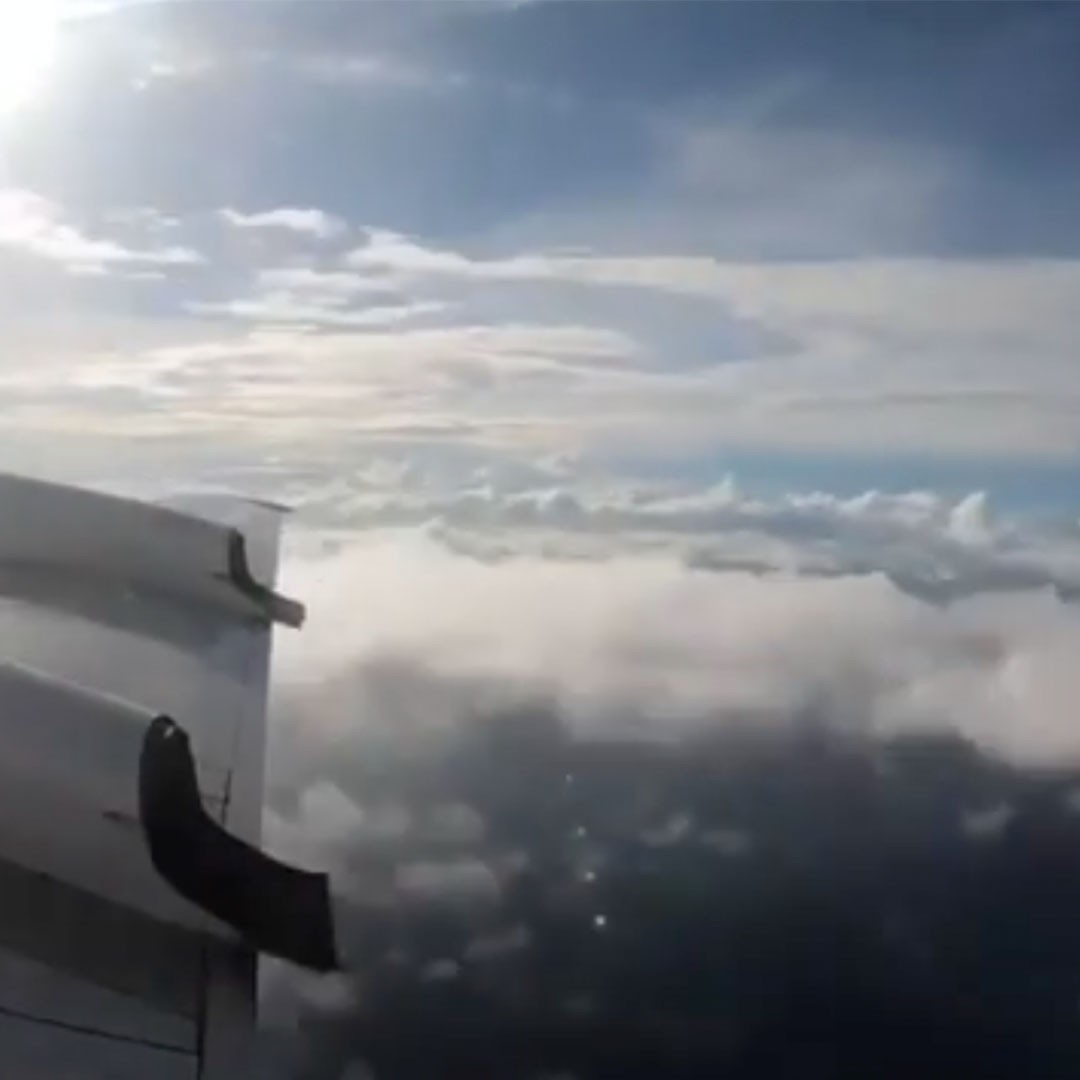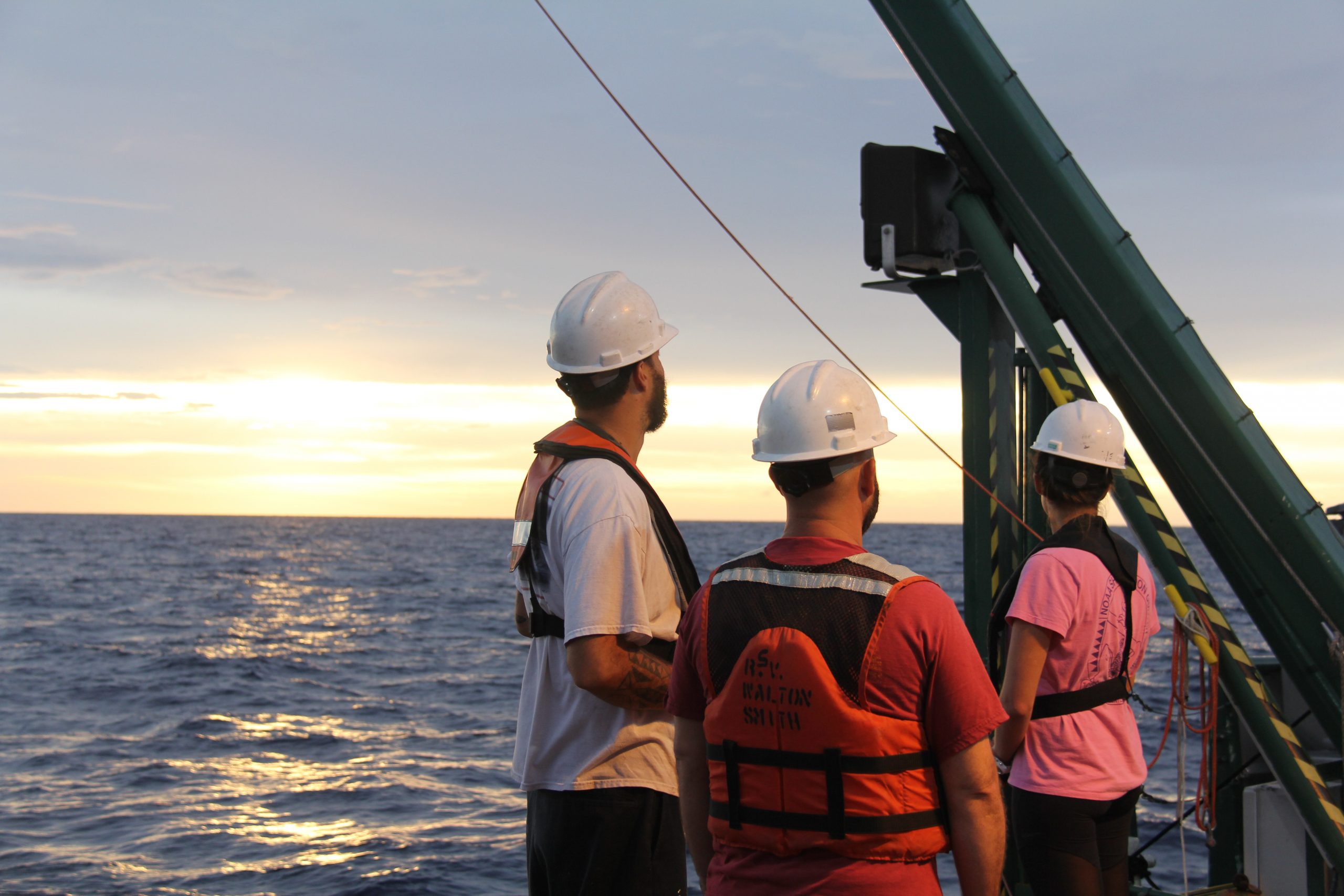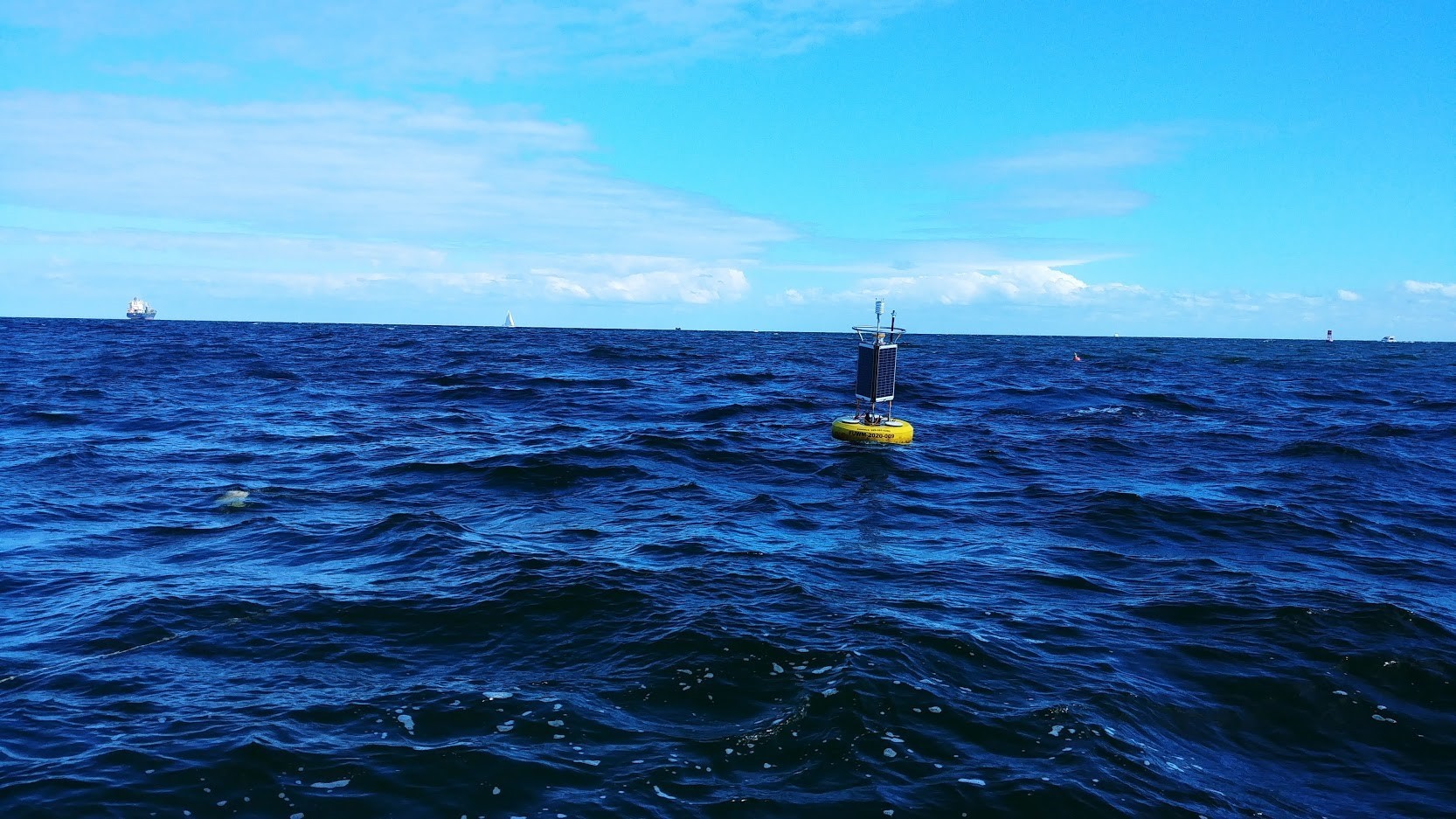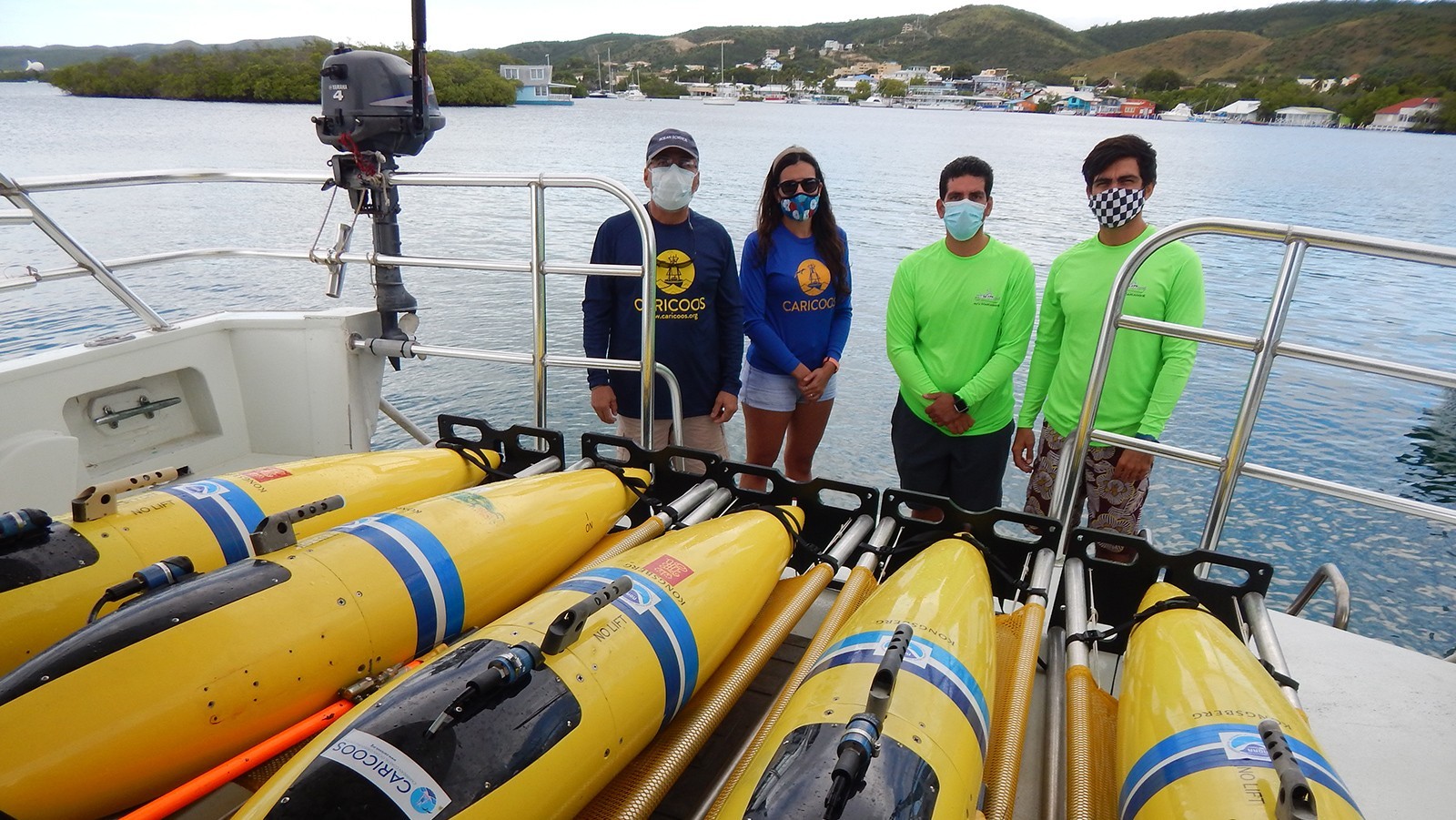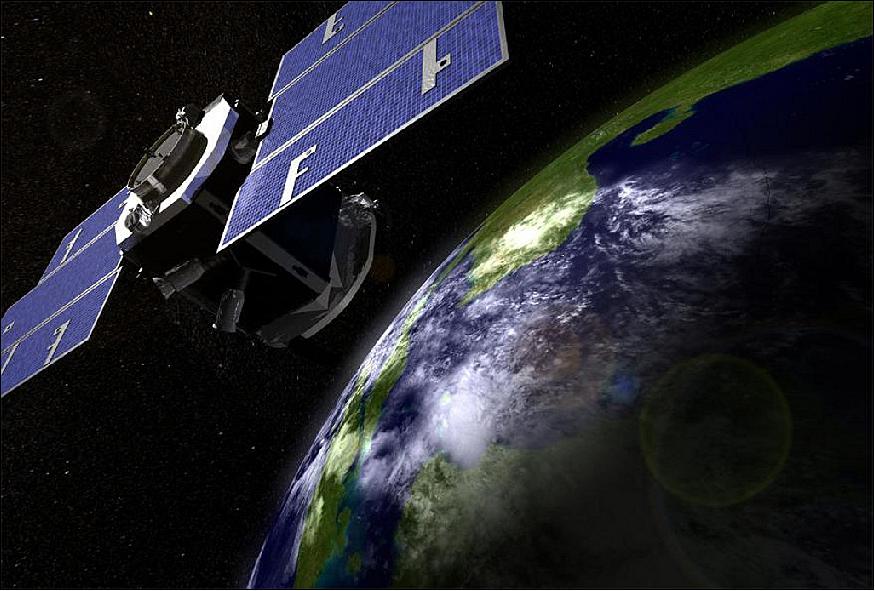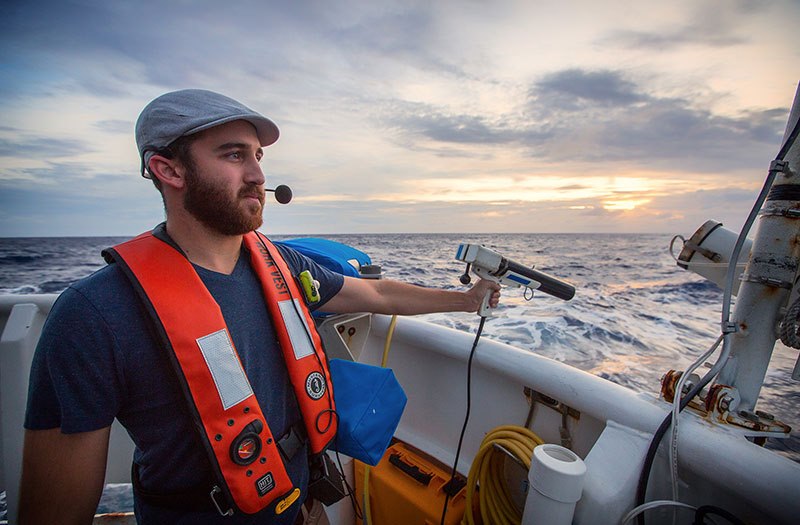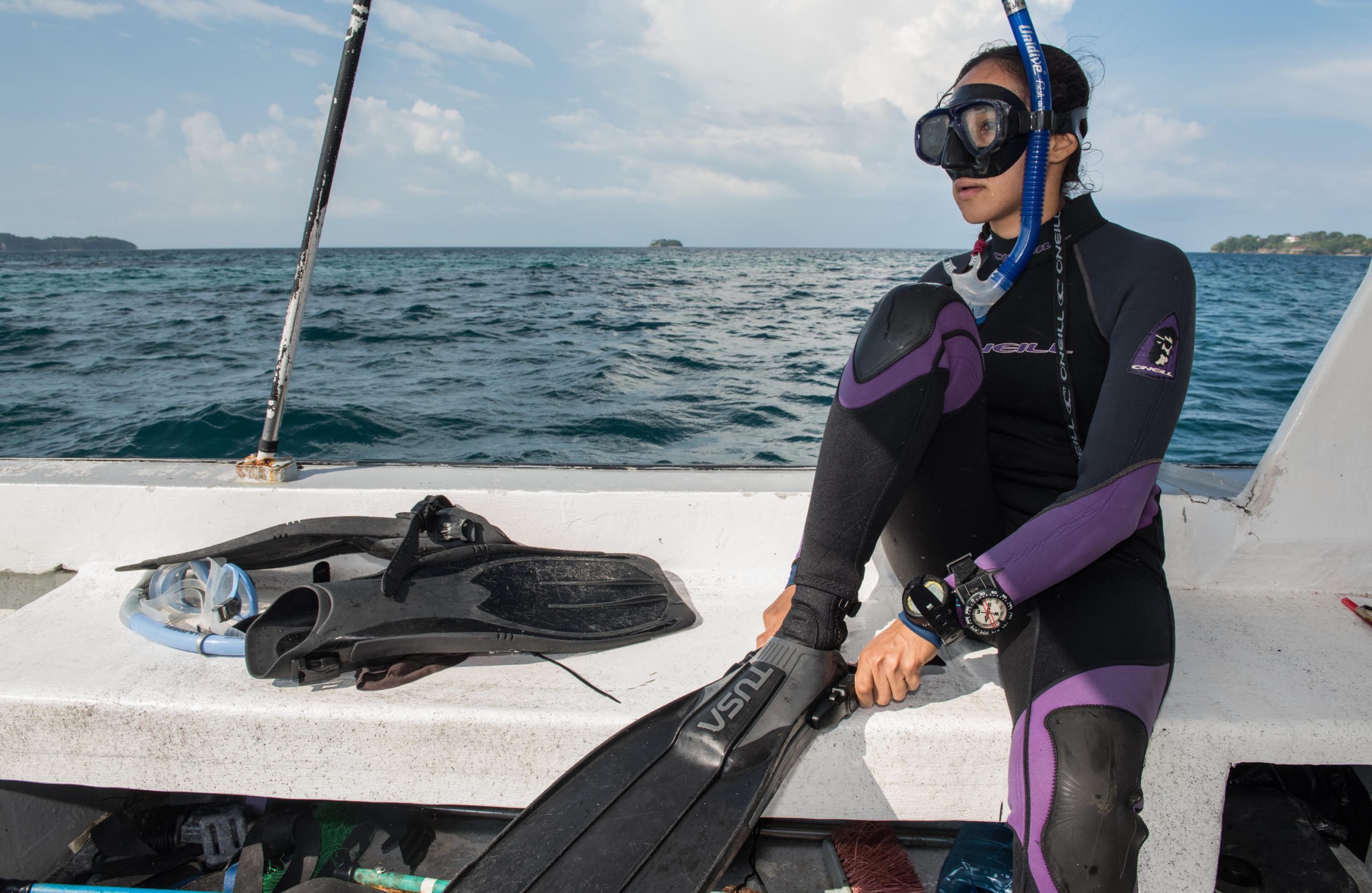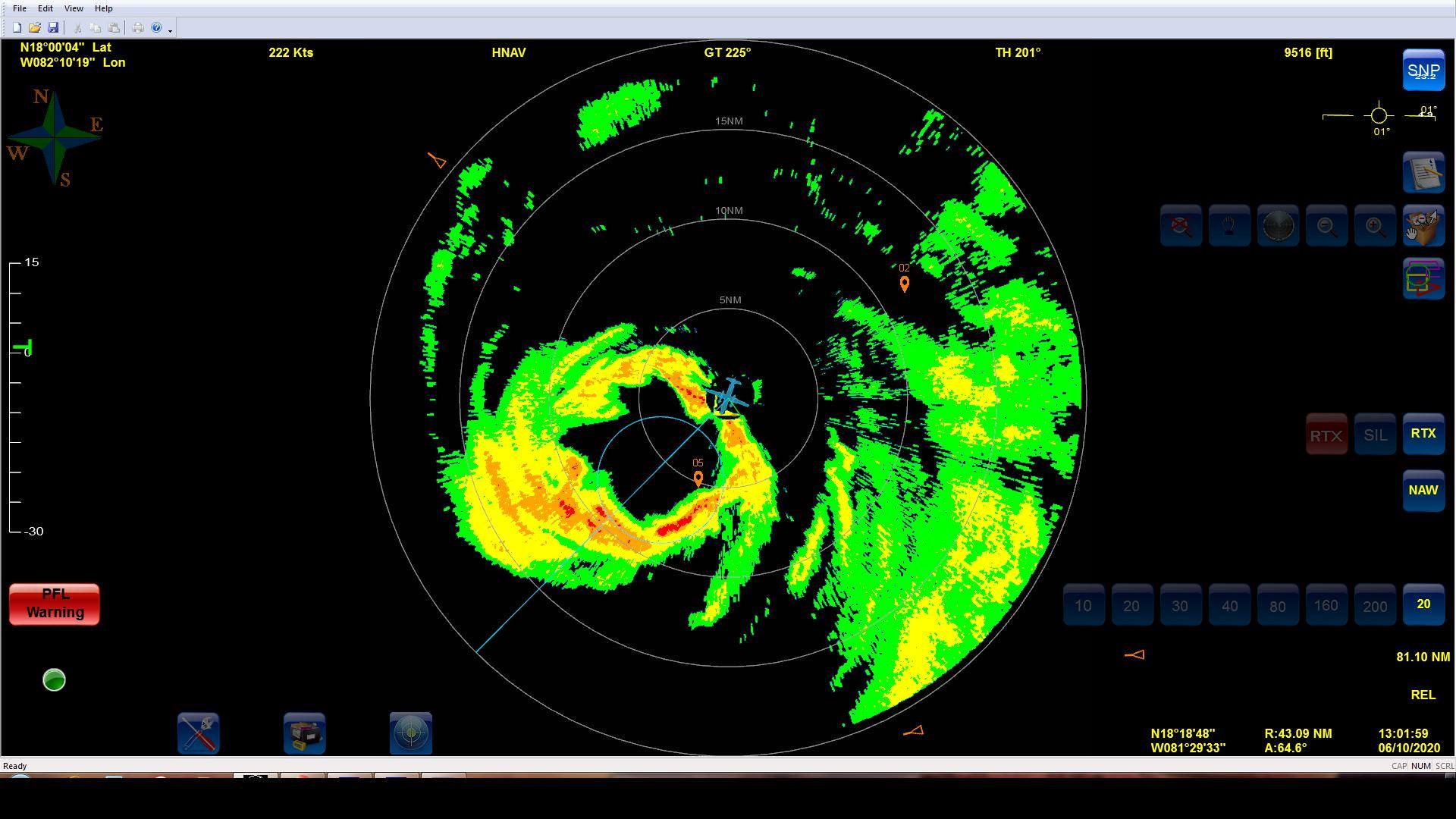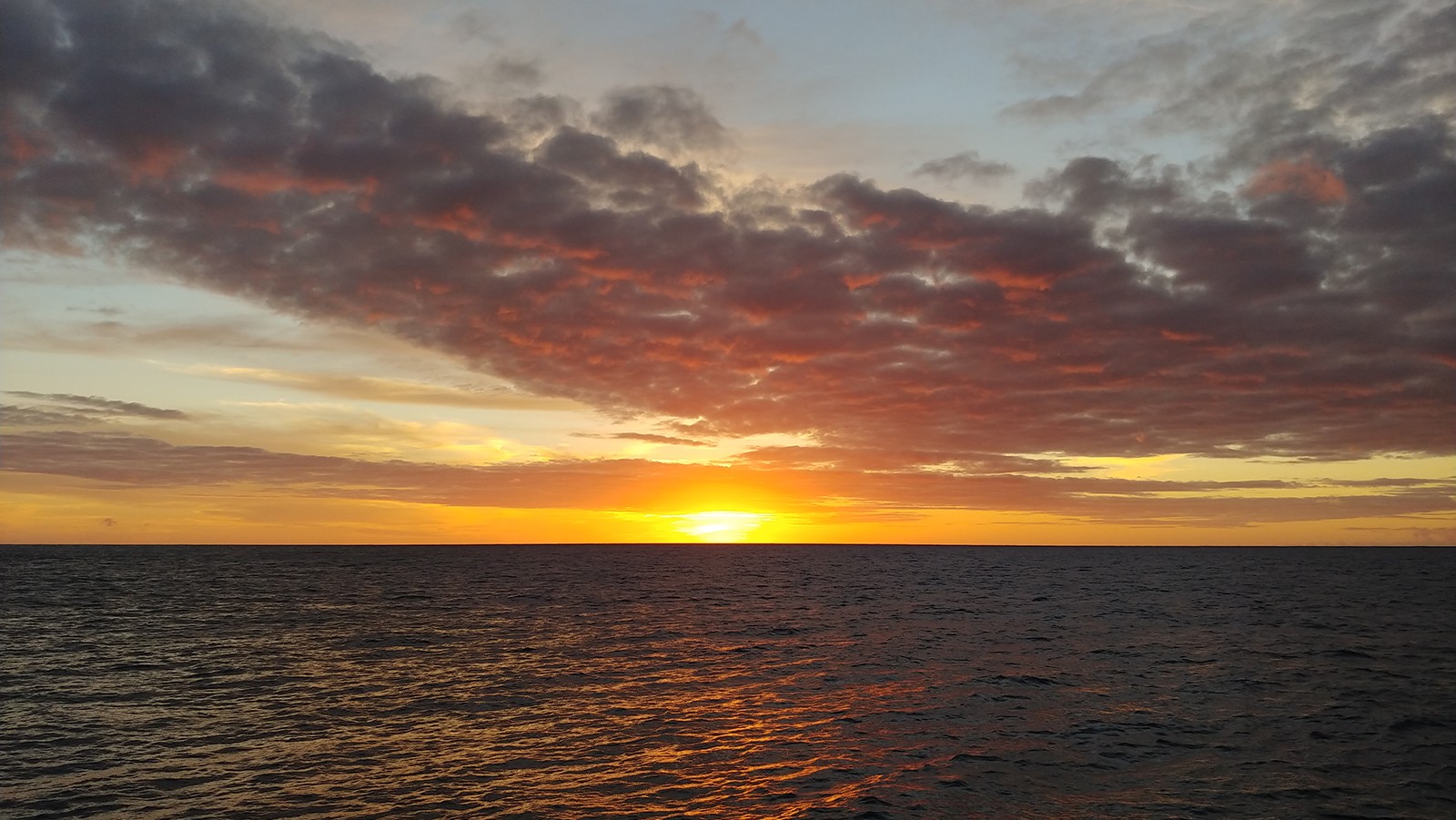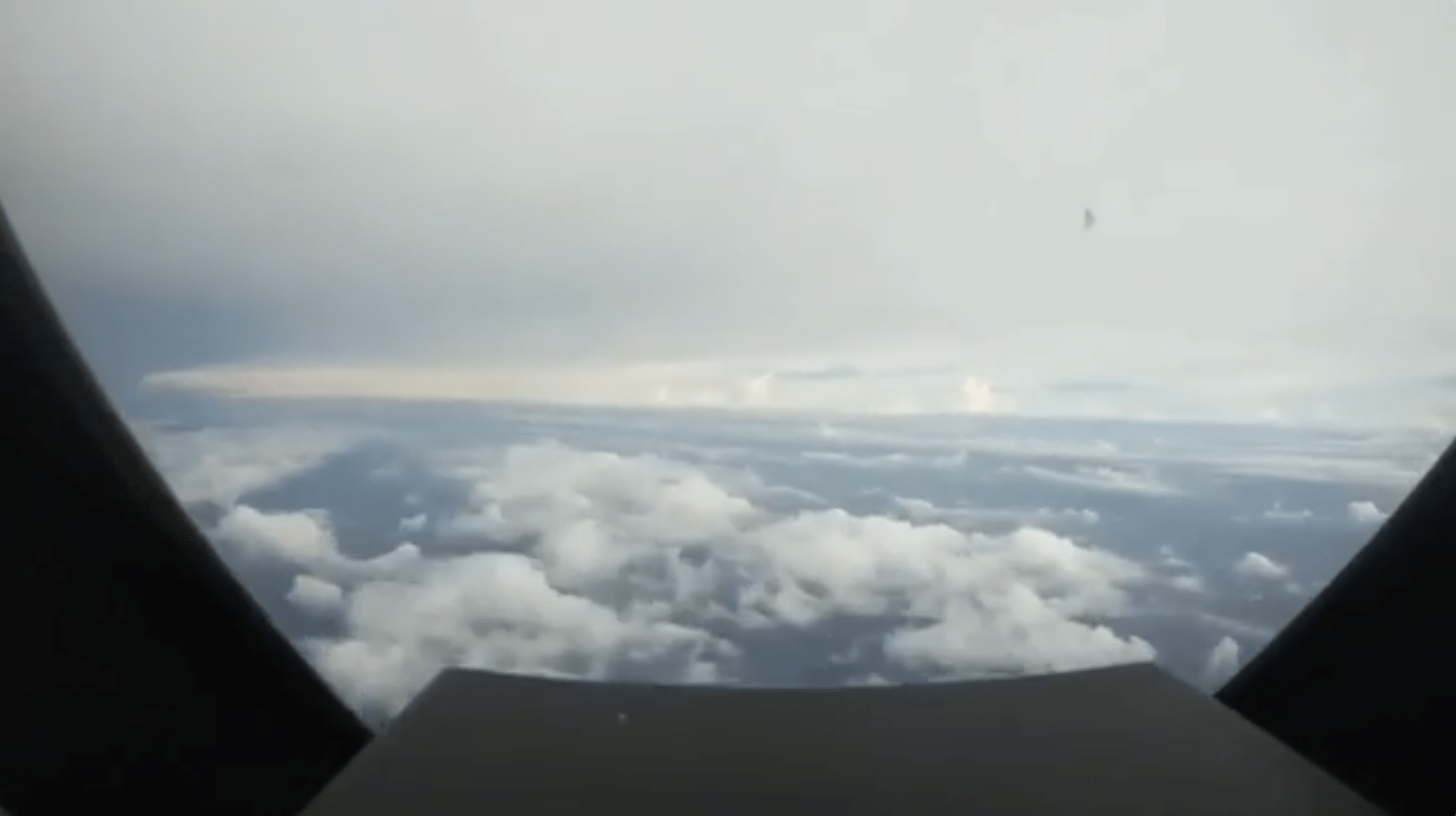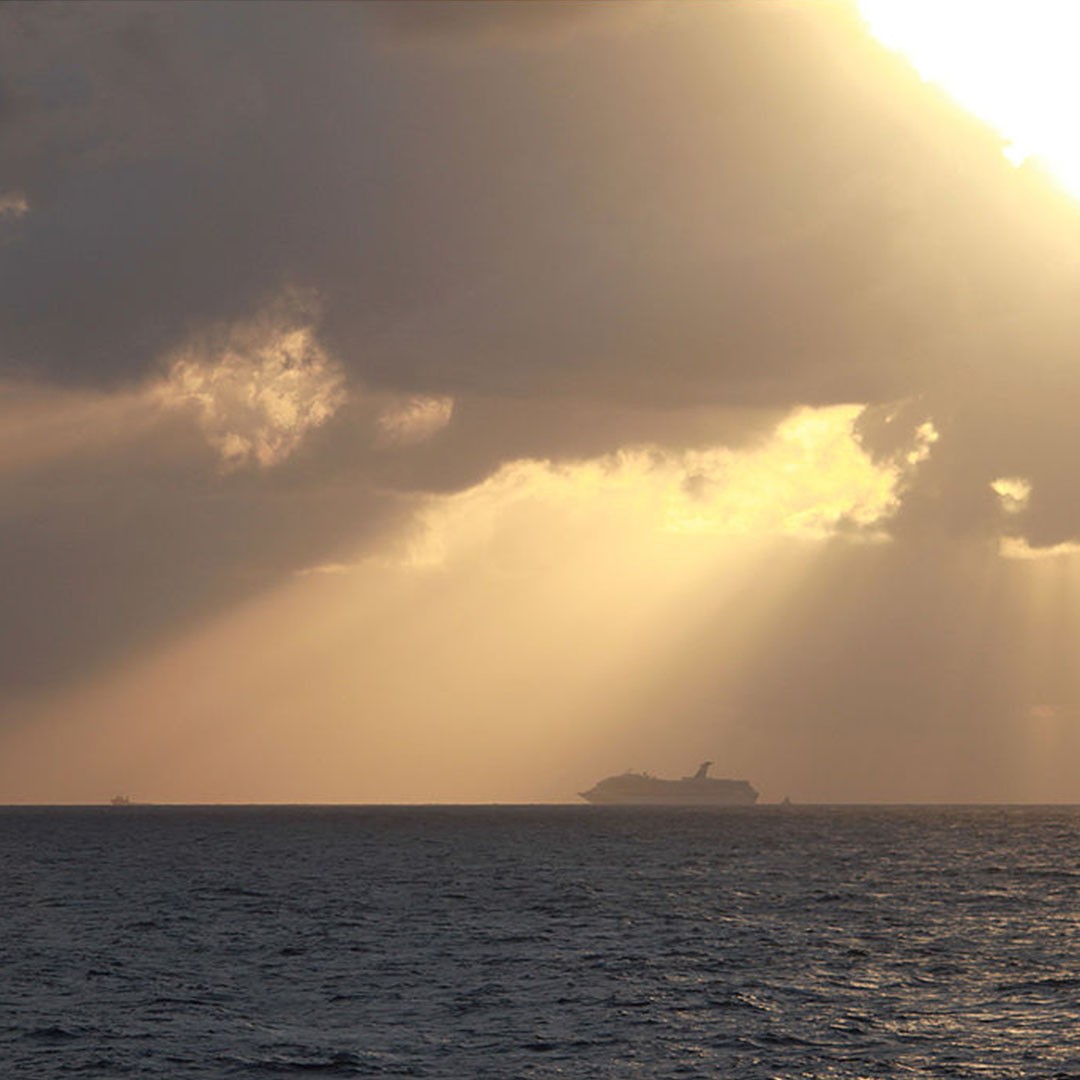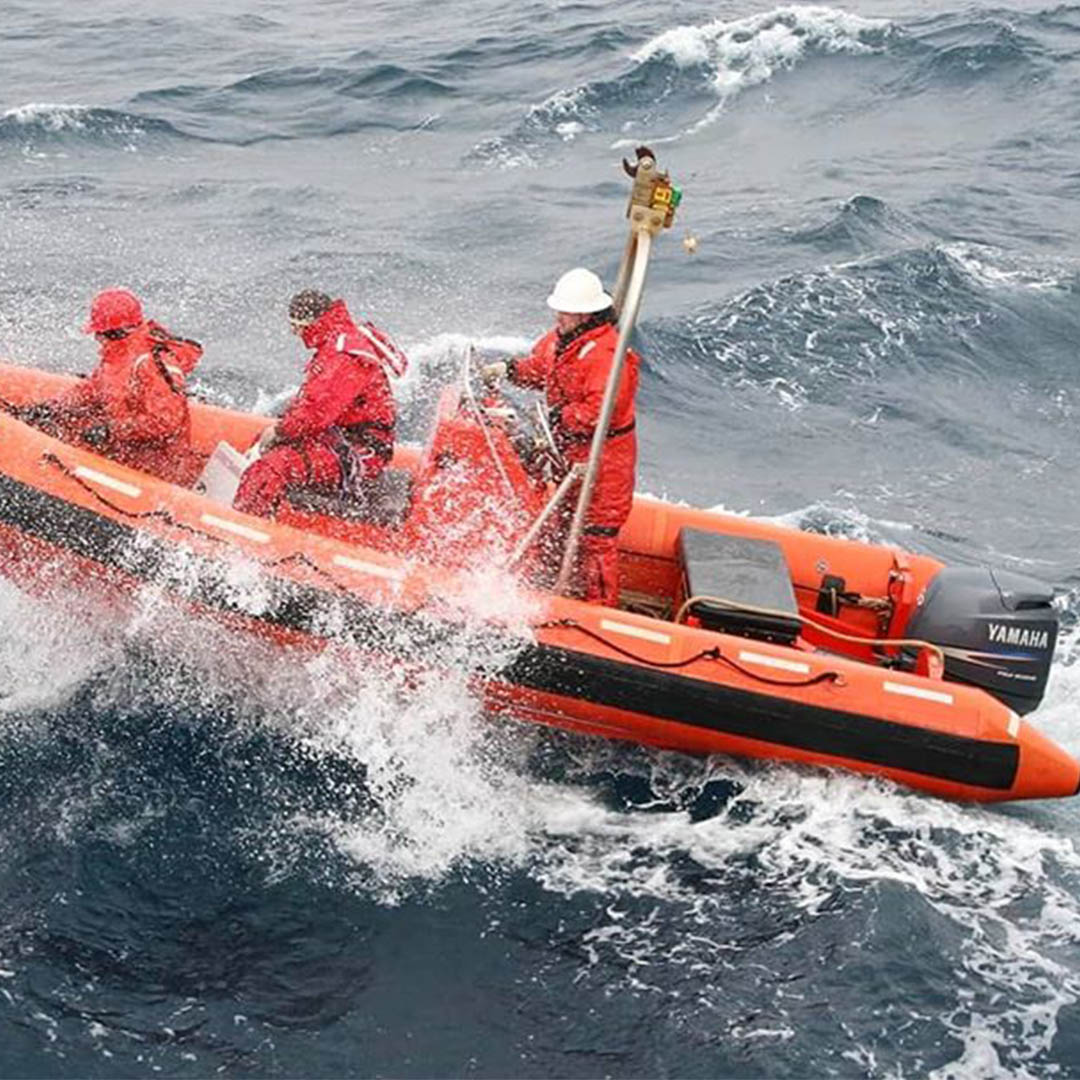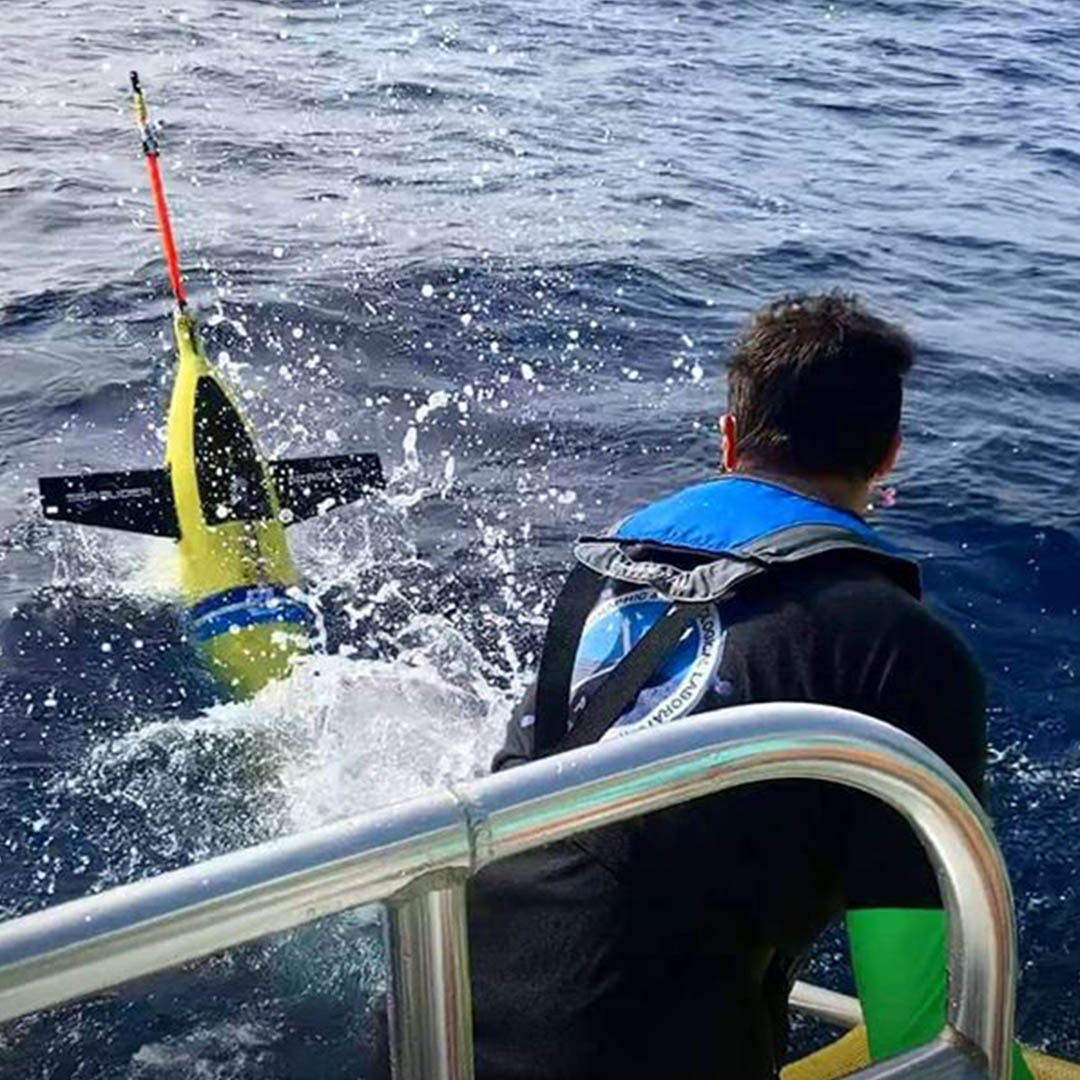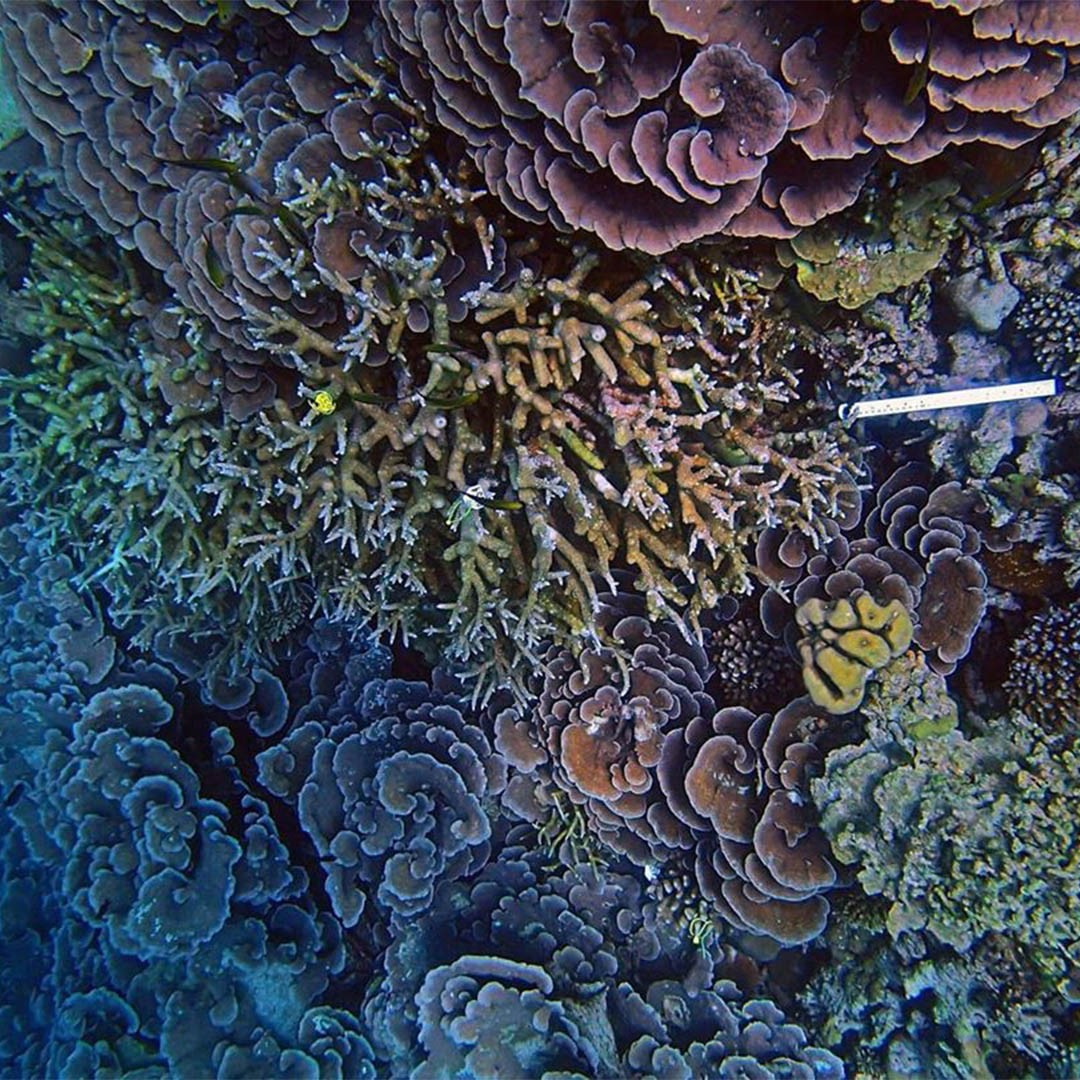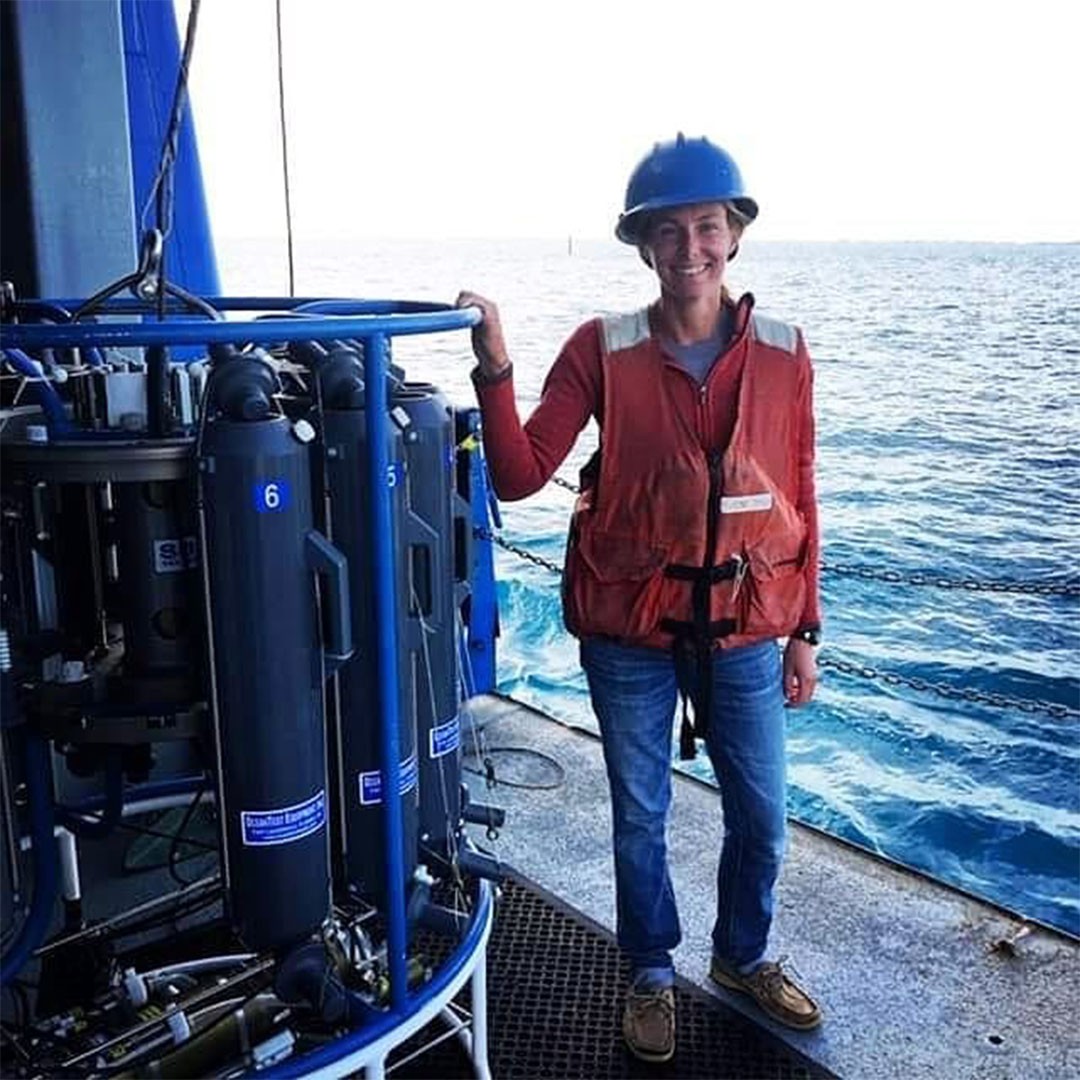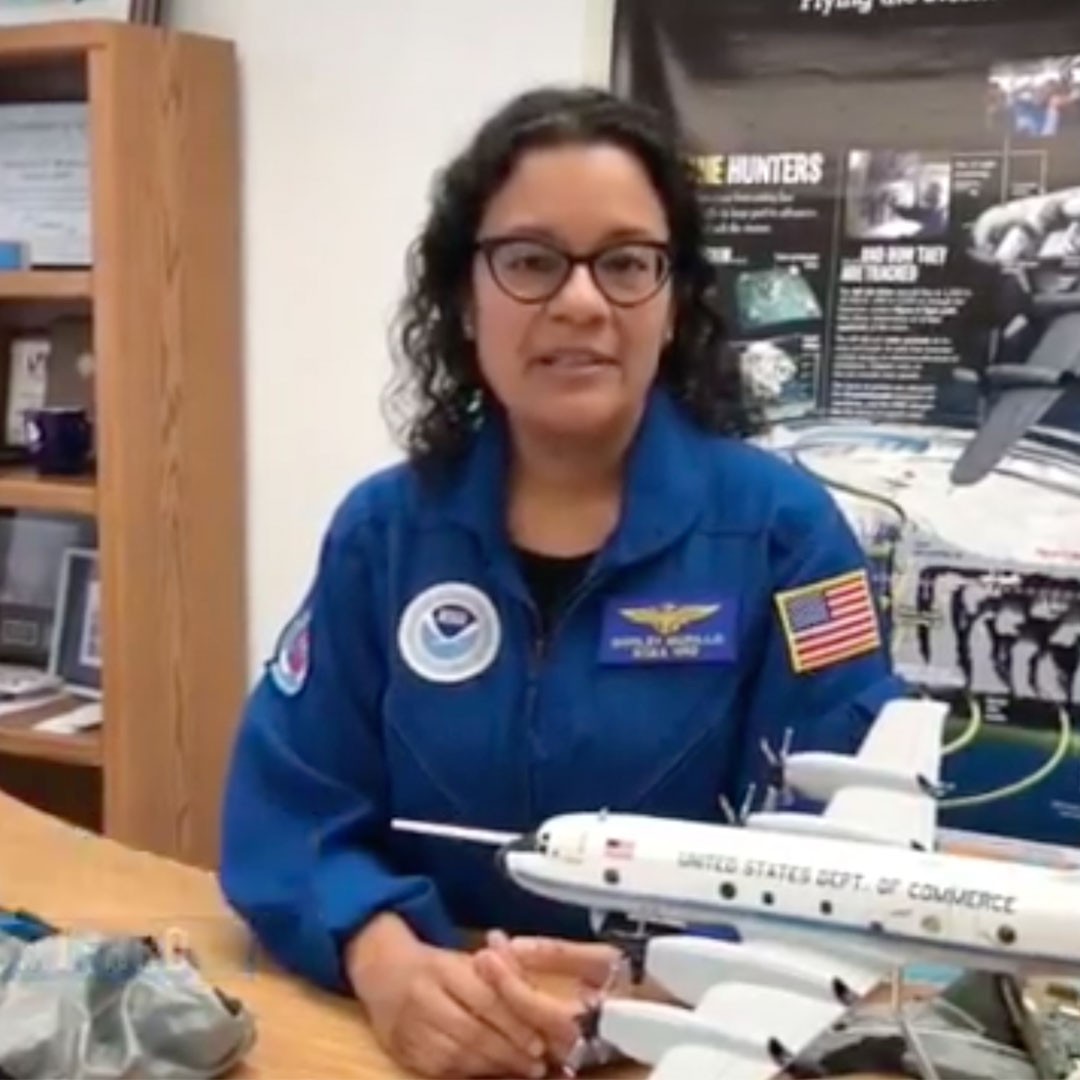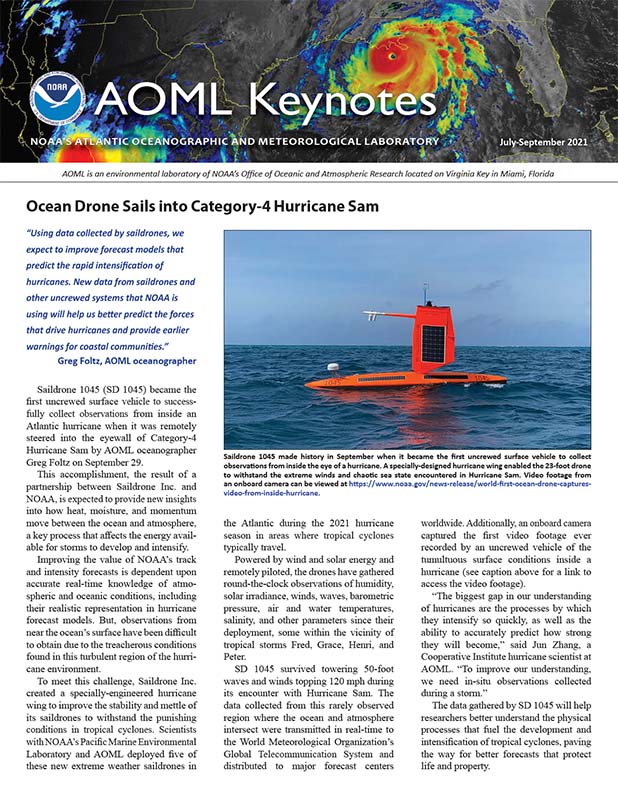Increasing Red Tide Sampling off the West Florida Shelf
NOAA and U.S. Army Corps Test A.I Tool for Monitoring Water Quality in Port Everglades
AOML Hurricane Scientists Facilitate Leap in Hurricane Modeling and Prediction Systems
@cimasrsmas coral researcher Ruben van Hooidonk is the lead author of the new UN Environment Programme Report on coral bleaching projections for 2020.
NOAA’s hurricane gliders are returning home after a successful journey during the 2020 hurricane season.
A new ‘omics strategy and implementation plan was published, identifying @noaa’s priorities in ‘omics research.
A new study looks at the relationship between how fast a tropical cyclone intensifies and the amount of ice in the clouds that make up the storm.
On October 19, scientists at AOML set up an XBT system on board a Hapag-Lloyd container ship called the Bremen Express.
AOML and SEFSC researchers embark on a new collaborative effort to understand how a changing climate might be influencing commercially important fish stocks.
Hurricane scientists looked at how turbulent mixing in the boundary layer affects the intensity and structure of hurricanes in NOAA’s HWRF model.
Today @NOAA launched a new National Marine Ecosystem Status web tool. This tool shows the status of marine ecosystems across the U.S.
Scientists at AOML and GFDL came together to host the first ever AOML/GFDL Science Connections workshop.
New research reveals temperatures in the deep sea fluctuate more than scientists previously thought and a warming trend is now detectable at the bottom of the ocean.
It’s #HispanicHeritageMonth and we want to celebrate all the wonderful hispanic scientists and personnel at AOML.
A new study finds that changes in the flight track patterns of aircraft flying into storms to collect observations for weather forecast models could positively impact forecasts.
Three onboard radars help to navigate and measure Hurricane #Delta as @flynoaa #HurricaneHunters make their last pass through the storm.
“We have led some of the most important components of the ocean observing system…”
Almost 40 years ago AOML began using dropwindsondes to fill vast atmospheric data voids known to lead to poor model forecasts.
A team of scientists at AOML explored what caused the abrupt reduction and ensuing recovery of the South Indian Ocean heat and sea level in 2014-2018.
#DidYouKnow that monitoring the ocean improves hurricane intensity forecasts?
A new study uses radar data from NOAA’s P-3 #HurricaneHunter aircraft to analyze gaps in hurricane rain coverage.
View the eye of #HurricaneTeddy. @noaasatellites and AOML scientists performed a research mission to study and validate the strongest surface winds in the storm this morning.
AOML scientists collaborated on a new study that could be used to predict El Niño-Southern Oscillation (ENSO) events up to a year in advance.
There are currently five tropical cyclones in the Atlantic basin, tying the record for the number of tropical cyclones at one time.
An update to the Beach Exposure And Child Health Study (BEACHES) finds that children visiting beaches with open wounds are more susceptible to bacterial infection.
Developed at AOML, NOAA’s Basin-Scale Hurricane Weather Research and Forecasting (HWRF-B) model has improved scientists’ ability to track storms by up to 25 percent, and the ability to forecast storm intensity by up to 40 percent.
AOML is currently supporting NOAA #HurricaneHunter missions into #TropicalStormLaura to investigate the atmospheric conditions associated with the storm.
Our very own Jason Dunion was recently featured on @netflix show Connected: The Hidden Science of Everything.
#DidYouKnow AOML is a part of a joint project between Brazil, France, and the U.S. called #PIRATA. 🇧🇷🇫🇷🇺🇸
How can we improve hurricane prediction? What is the ocean’s role in weather and climate? How is ocean acidification and pollution impacting our marine ecosystems? Scientists at @noaa_aoml work to answer all these questions – and many more!
It’s #SharkWeekNOAA and we wanted to share photos from an unusual shark encounter with one of our hurricane gliders.
AOML and @cimasrsmas oceanographers find that ocean currents in the deepest parts of the South Atlantic Ocean behave independently from circulation patterns in the upper layer.
Today AOML scientists deployed a U.S. Navy glider in the Florida Current.
AOML scientists partnered with the U.S. Air Force 53rd Reconnaissance Squadron #HurricaneHunters to deploy eight drifting buoys in advance of #TropicalStormIsaias.
Visible photographs of cloud structures within Tropical Storm #Isaias’ circulation help scientists interpret the measurements captured from dropsondes, tail-Doppler radar, and other onboard sensors.
AOML scientists support operational reconnaissance into Hurricane #Isaias by acquiring and processing data in real-time before observations are ingested into operational weather models.
#DidYouKnow #OceanAcidification affects the #GreatLakes too?
AOML scientists co-authored a new study with @tamu on surface water carbon dioxide variability in the Gulf of Mexico
The National Hurricane Center tasked @flynoaa aircraft to investigate now Hurricane #Hanna
#DidYouKnow NOAA and the U.S. Navy have an ongoing partnership where both parties work together to advance research efforts to better understand the ocean 🌊
NOAA has selected @univmiami to host the Cooperative Institute for Marine and Atmospheric Studies (CIMAS)
Today we are launching AOML’s Field Journal. Tune in to our Stories to go into the field with Cooperative Institute scientist Grant Rawson
This week we are in Puerto Rico working with partners to deploy hurricane gliders for the 2020 Atlantic Hurricane Season
It’s #GlobalCoralReefWeek! Today LTJG Alyssa Thompson shares a photo from a night dive conducted last August
NOAA released its 2020 harmful algal bloom forecast for western Lake Erie
It’s #GlobalCoralReefWeek! Today Dr. Derek Manzello shares a photo of abundant Acroporid corals at Cicia Island, Fiji’s Lau Province
It’s #GlobalCoralReefWeek! Today CIMAS scientist Dr. Anderson Mayfield shares photos from his volunteer conservation work with NGO Coral Reef CPR in the Maldives
In a recent study, it was evaluated for the first time how well NOAA’s regional hurricane model was able to forecast the location and amount of devastating rainfall in 2017 Hurricane Harvey
According to AMOL scientists, advancements made in genomics and whole genome sequencing are revolutionizing Vibrio science
Our very own Dr. Sim Aberson & Mike Jankulak participated in @noaasanctuaries #PrideInTheOcean campaign
As we move through hurricane season, you will be hearing a lot about the Saharan Air Layer
NOAA’s Global Drifter Program maintains approximately 1000 drifting buoys that transmit data to forecasters
Results from a new AOML study can be used in the development of a forecasting tool to identify where pelagic Sargassum is likely to wash ashore
Ask Ian Enochs all your questions in the comment section below for AOML’s #WorldOceansMonth video Q&A
Ask Kelly Montenero all your questions in the comment section below for AOML’s #WorldOceansMonth video Q&A
Ask Diego Ugaz all your questions in the comment section below for AOML’s #WorldOceansMonth video Q&A
Ask Stephanie Rosales all your questions in the comment section below for AOML’s #WorldOceansMonth video Q&A
We are celebrating #WorldOceansMonth by asking YOU to submit any questions you might have for our scientists in the comments section of our posts
Our very own Shirley Murillo is featured in @modsftl’s video series #EyeOfTheStorm2020
#OceanAcidification is a global process in which the ocean absorbs carbon dioxide from the atmosphere
Last year, AOML researchers captured this photo of Hurricane Dorian’s eye during a data collection mission
#DidYouKnow sea turtle poop could be a useful tool in monitoring populations of sea turtle species?
The Seasonal Outlook for Atlantic Hurricane Season was released this morning
Explore our new Ecosystem Status Report web tool
The Madden-Julian Oscillation is a patch of tropical thunderstorms that form across the Indian Ocean
